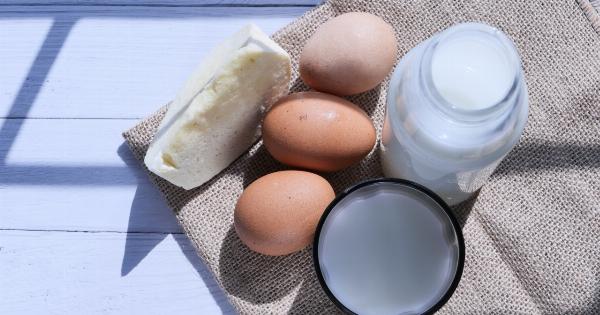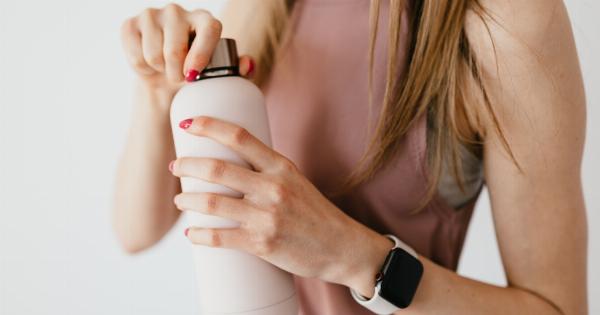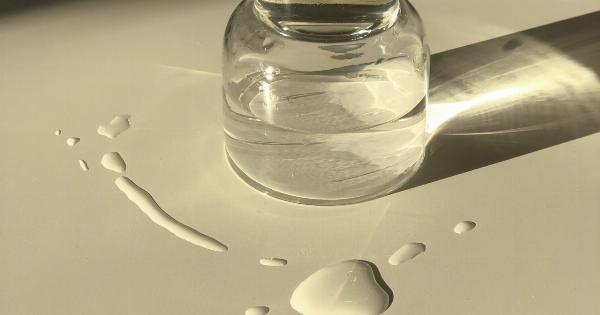Women are told from a young age to pay close attention to their hygiene and specifically, their feminine health. As important as it is to be clean and hygienic down there, not all feminine hygiene products are created equal.
Many popular products on the market contain harmful and potentially dangerous ingredients that can wreak havoc on a woman’s health. Below are 10 common unhealthy ingredients found in feminine care products.
1. Fragrances
Many feminine hygiene products such as tampons, pads, and wipes contain synthetic fragrances, which can cause irritation and allergic reactions.
These fragrances are made from a mix of chemicals, and manufacturers are not required to disclose the individual ingredients. Additionally, the fragrances can also disrupt the natural pH of a woman’s genital area, leading to infections and other health problems.
2. Chlorine and Dioxins
Chlorine is often used to bleach tampons, pads, and other feminine care products. During the bleaching process, dioxins are created – a toxic chemical that is linked to various health issues such as cancer, reproductive and developmental problems.
The danger of exposure to dioxins is even greater for women since they absorb the chemicals through the skin in their vaginal area.
3. Parabens
Parabens are chemical preservatives found in many personal care products, including those for feminine hygiene. They extend the shelf life of the product, but research has linked them to breast cancer and reproductive issues.
The problem with parabens is they can mimic your body’s natural estrogen, leading to hormonal imbalances and other problems.
4. Phthalates
Phthalates are a group of chemicals commonly used in soft plastics and personal care products to make them more flexible. They can also be found in some feminine care products.
Phthalates have been linked to reproductive problems, hormonal disruption, and even asthma. Some studies have also associated phthalates with an increased risk of breast cancer.
5. Glycols
Glycols are a class of synthetic chemicals that are used in many personal care products, including tampons, as a wetting agent. They can irritate the skin and disrupt the natural pH balance of the vagina.
They have also been linked to skin irritation and allergic reactions.
6. Formaldehyde
Formaldehyde is a colorless gas with a strong odor that is used as a preservative in some feminine care products. It has been linked to cancer, immune system toxicity, and reproductive problems.
It’s important to note that formaldehyde is not an ingredient that manufacturers are required to disclose on product labels.
7. Petrochemicals
Petrochemicals are synthetic chemicals derived from petroleum. They are commonly used in many personal care products, including feminine hygiene products. Petrochemicals have been linked to hormonal disruption, skin irritation, and other health problems.
8. Synthetic fibers
Synthetic fibers, such as polyester and rayon, are commonly used in tampons and pads because they are cheap and absorbent. However, synthetic fibers are not breathable, trapping moisture and heat against the skin.
This can lead to bacterial growth and irritation.
9. Propylene Glycol
Propylene glycol is a chemical commonly found in personal care products, including feminine care products. It is used as a lubricant and moisture preservative. It has been linked to skin irritation, allergic reactions, and organ toxicity.
10. Artificial colors
Artificial colors are added to many feminine hygiene products to make them more visually appealing. They are often derived from coal tar and petroleum and have been linked to skin irritation, allergic reactions and even cancer.
Some studies have suggested that artificial colors may also increase the risk of reproductive problems, such as endometriosis.
Conclusion
Ensuring good feminine hygiene is important, but it’s important to pick products that are healthy for you as well. It’s important to read the labels and stay informed about the ingredients in your feminine care products.
Some companies are beginning to create safer and healthier products for women, so compare the ingredient lists and choose wisely.





























